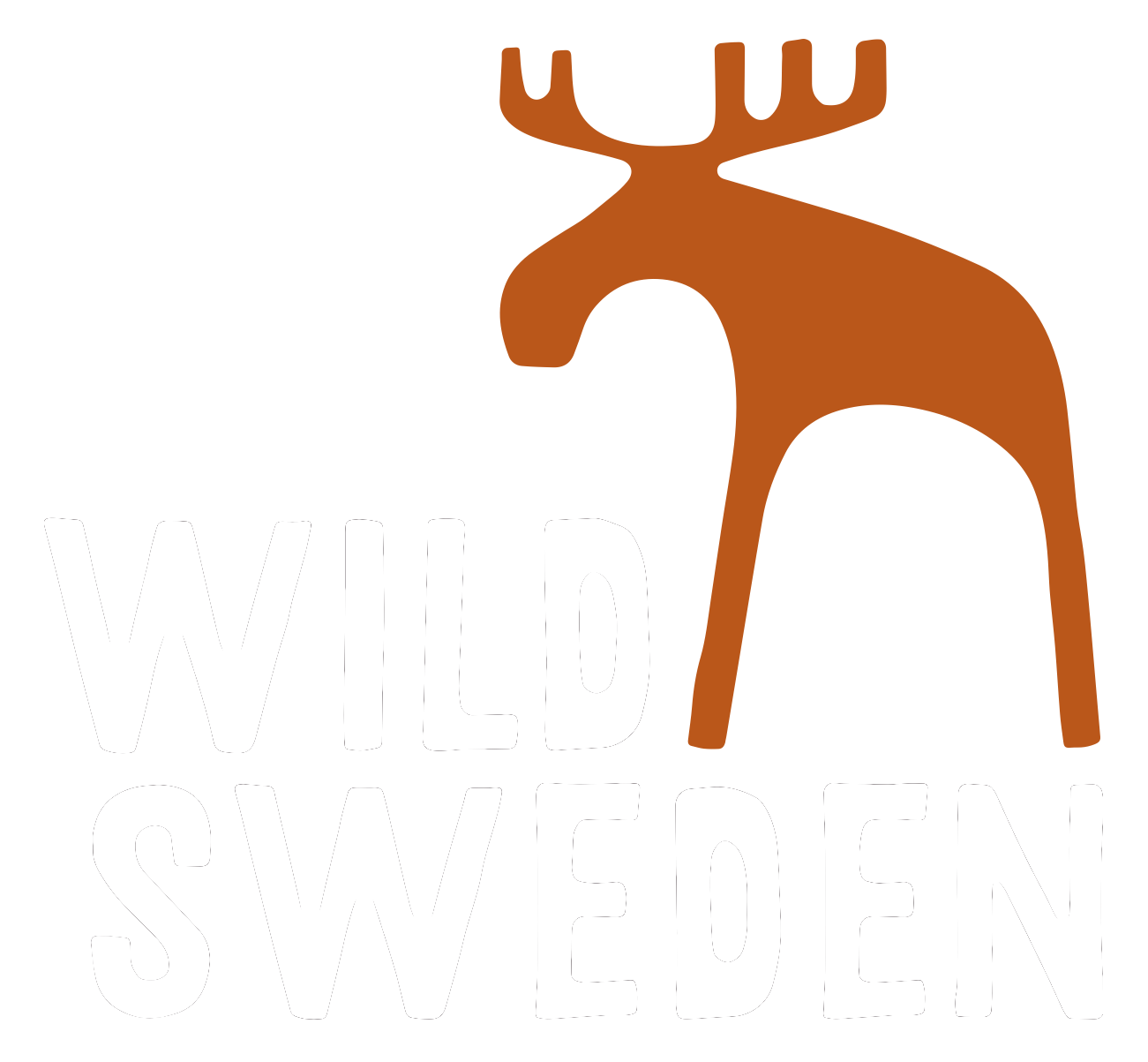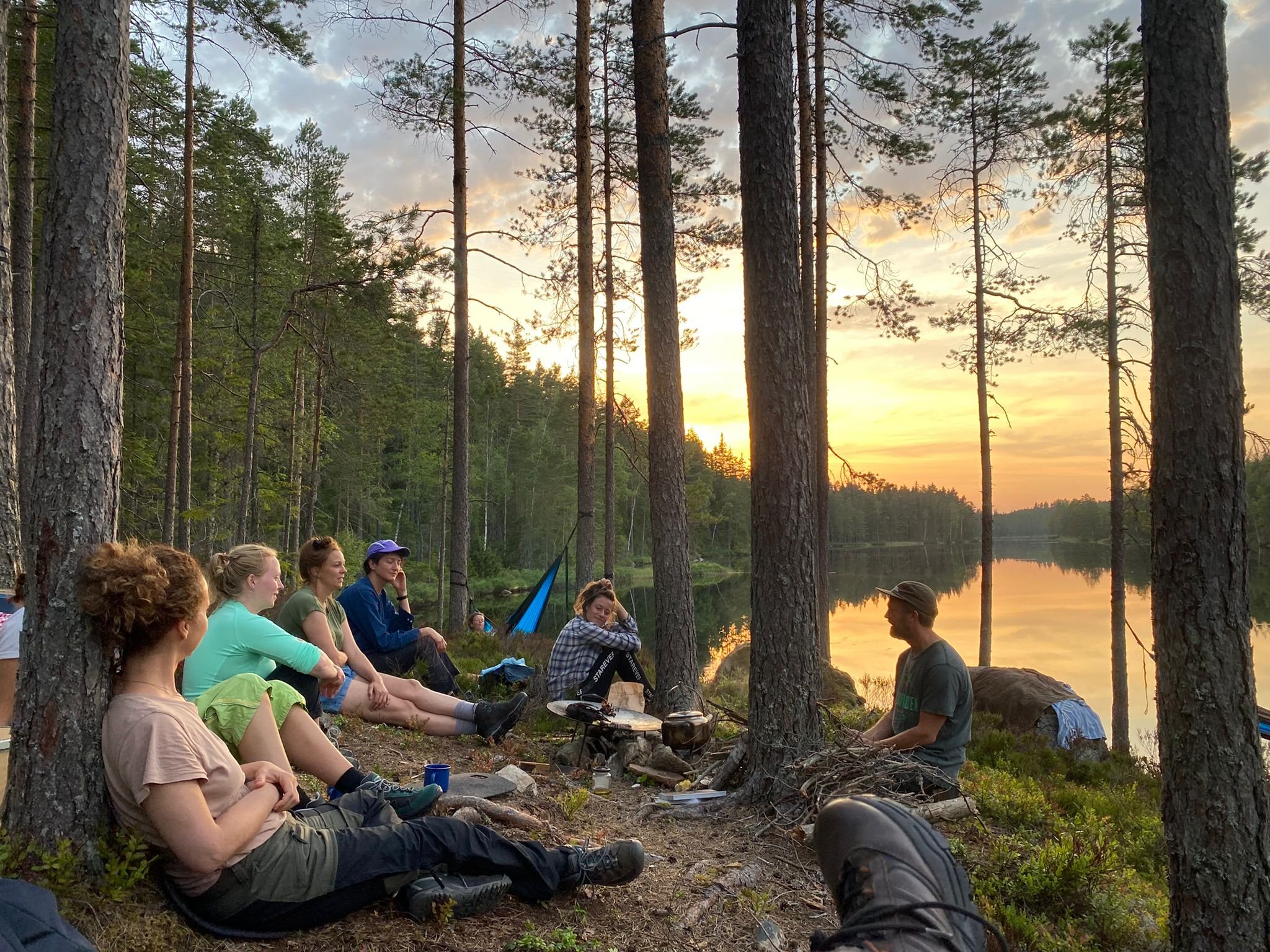Facts about Beavers in Sweden
Beavers are sometimes called the engineers of the woods and they really are. In fact, they can change entire ecosystems with their bare teeth. Beavers are rodents so they are closely related to rats, mice and squirrels. This page is all about the the European beavers in Sweden.
Scientific name: Castor fiber
Weight: 11 – 30 kg (Adult)
Body length: 80 – 100 cm (without tail)
Tail length: 25 – 50 cm
Lifespan: 16 – 24 years
Population in Sweden: The population is estimated to be at least 150,000.
Natural predators: Man (hunting + traffic), Wolf, Lynx
Facts about Beavers in Sweden
Beavers are great swimmers and divers
Beavers are well adapted for an aquatic life with an oily waterproof fur, strong rear webbed feet and a tail shaped as a paddle. When they dive they close their nose and eyes and can stay underwater without breathing for 20 minutes. They prefer to be in the water as they are safer there, but they can also be on land while sleeping, feeding, working on their lodges and dams and when grooming their fur.
Perfectly Adapted to cold water
The beaver’s fur is brown and very dense, with 23,000 hairs per square centimeter (humans have 700). Their coat is greased with a substance called castoreum to protect them agains the cold water.
Beavers build lodges and they live inside them
Beavers always live close to the water, by a lake, a river, a small stream or even the sea. They build their lodge (or nest) on the shore of the water using branches, twigs, mud and rocks as building material. Some beaver lodges have been built to the height of an average human. Their living area is kept dry and above the water line but the entrance is under the water to prevent predators from entering. In places where there is a lot of sand or mud they may instead just dig a hole into the bank of the river.
Beavers live in family groups
Beaver babies are called kits or cubs. The adult couple live together with their kits of the year and kits from earlier years to form family groups of up to 8 beavers. Their young are born in May, up to four at a time.
Some Beavers build dams
Since beavers need to make sure their lodge’s entrance stays under the water level and their living compartment above the water level, they must make sure that the water level is somewhat stable. Beavers that live in lakes and rivers have a fairly stable water level all year around which makes life easier. However, beavers that live in small streams are risking that the water level is lower during a dry season. Therefore beavers that live in small streams often build dams to create a body of water, a pond or even a small lake. This dam is built of branches, twigs and mud.
Why do beavers Cut down trees?
Beavers often cut smaller trees and seedlings but they also fell larger trees. An adult beaver can, over one night, use its teeth to cut down a tree that is 50 centimetres in diameter. They often cut around the trunk off the tree but leave the tree standing to wait for the wind to do the rest. When a beaver fells larger trees it is mainly to reach the thinner branches at the top. They feed on the leaves, shoots and bark and they also use the larger branches as building material for lodges and dams.
Do beavers eat fish?
No, they don’t eat fish, they are vegetarian. Beavers mainly eat leaves, bark, herbaceous plants and aquatic plants. Beavers do not hibernate, but during Winter when their food sources are low they sleep and rest most of the time.
Hunted to exitinction
The European beaver is a species of beaver, which was once widespread in Sweden, but it was hunted to near extinction by the end of the 1800’s. The last beavers in Sweden were killed in 1871. It was hunted both for fur and for castoreum, a secretion of its scent gland believed to have medicinal properties.
A successful reintroduction
Between 1922 and 1939 approximately eighty individuals were reintroduced into Western Sweden from Norway. Since the reintroduction the Beaver population has increased to an estimated 150,000 Beavers and it is now returning to much of its former range. The beaver population in Sweden is increasing.




